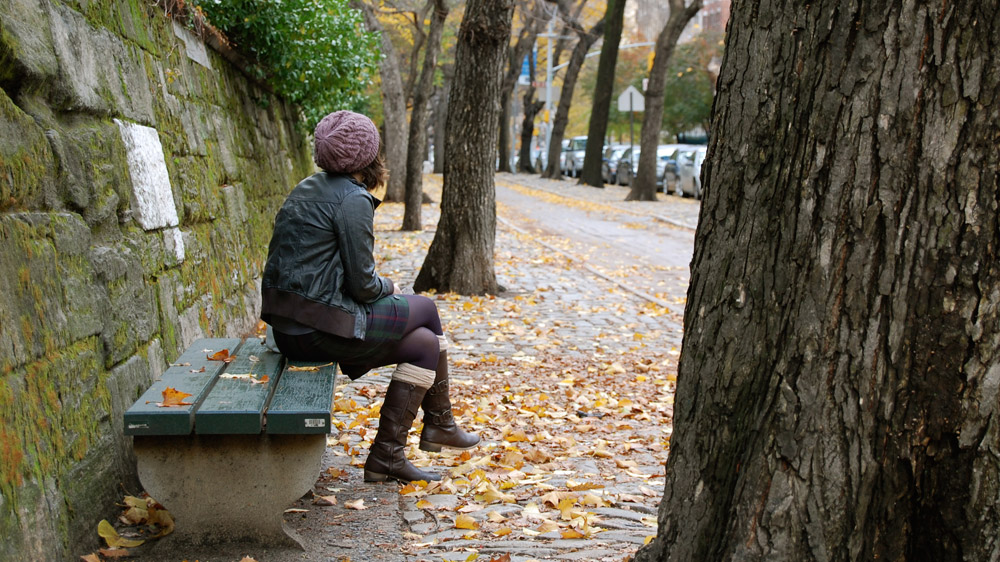A Tourist in the Big City
Posted on: 24 November 2010
In the second of tonight's posts, I want to get down a few more of my experiences from New York City. Something you can't really avoid when travelling - unless you are an extremely clued up type - is being a tourist; especially in a city the size of New York. In the post I describe what it's like being a tourist in NYC. I've also included another of my photographic favourites taken in the city - you can check it out below. On an entirely unrelated note, this is my 100th blog post!

I love travelling and exploring new areas of the world. However, being a tourist sucks. Being a tourist means you don't know where you're going, where is good to go, and finally when you do find this out, how best to get there. And for some reason, wherever you are in the world - you can always spot a tourist. I guess the camera doesn't help, eh?
Tourism is huge in New York; and for good reason. The majority of people in Manhattan at any time are visitors. Tourists are well catered for, with tour guides on every block, gift shops galore and easy access to all the sights New York has to offer. However I've always been a firm believer in taking the root less travelled, 'off the beaten track', so to speak. As much as I am in awe of New York's breathtaking skyline and intricate architecture, there's something rather hollow about standing in a queue with a hundred others who are there for the exact same reason you are. Tearing up 80-odd floors in a matter of seconds in an elevator, whilst being an amazing feat, leaves me feeling somewhat underwhelmed and detached from the whole experience.
However, by no means do I want to put people off these pleasures. There is certainly something to get out of these experiences and they are worth doing - if for nothing more than ticking them off your seen list. Also, if you do want to see the big attractions - Empire State Building, Rockafeller Centre, etc. - try hitting them after dark. The best experience I had when in New York was visiting Top of the Rock at around 8 o clock. There were only a dozen or so other people and the cityscape at night really takes your breath away.
Although somewhat difficult in NYC, due to its size, I find the best way to see a city is just to wander. Plan a few must-see areas you want to see, plan how to get there, and just see what happens along the way. As soon as you move away from the tourist-centric areas, you start to really see what the city has to offer, and ultimately, what the city and people are really like.
Sticking to the guidebook and seeing all the 'must-see' places is great, and you feel like you've covered the basics and seen what you should see, but it's just not possible to find the real gems when you're on holiday. And that, unfortunately, is the curse of being a tourist. New York City grabs you, gives you a tiny taster of what it has to offer, then leaves you wanting more. Sure is a fun ride though.
As a footnote, with regard to finding my way around New York, I must commend the American way of doing things when it comes to the grid layout of Manhattan island. It's so damn logical it pains me to think of how we do it here in England. Everything North of Houston street (FYI, pronounced Howsten) is part of the grid layout.
In the grid layout, horizontal roads are numbered streets; Vertical roads are known as avenues - for example, 1st Avenue, 5th Avenue, Park Avenue, Madison Avenue, etc., incrementing up from right to left. A 'block' represents the distance between one street/avenue and another. This makes finding your way around a breeze, and you'll be surprised how quickly you start describing distances in blocks. However it does however come with the disadvantage of not getting anywhere fast. I found the system quite refreshing to use, as long as you're not in a hurry.
Perhaps the most famous of roads in New York - Broadway - breaks the grid layout, running diagonally from left to right from the tip of the island to the bottom.
Another aspect I love about the New York is the name of the different areas in the city. TriBeCa is duly named because it is a triangular shape area below Canal Street. SoHo, is named as such, due to its position South of Houston Street. The small area North of Little Italy: Nolita. Not to mention the most obvious distinction of all: the island of Manhattan can be broadly split into two areas - Downtown and Uptown. I just love the simplicity.
If you haven't read my introductory New York post and you're still thirsty, check it out.